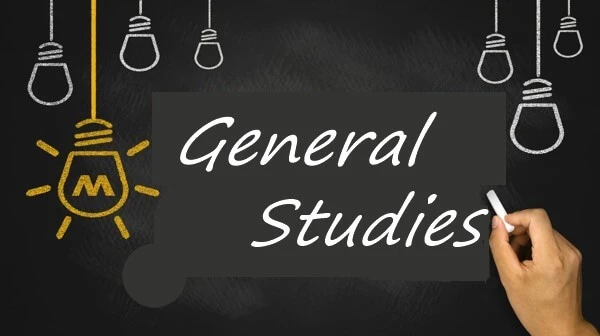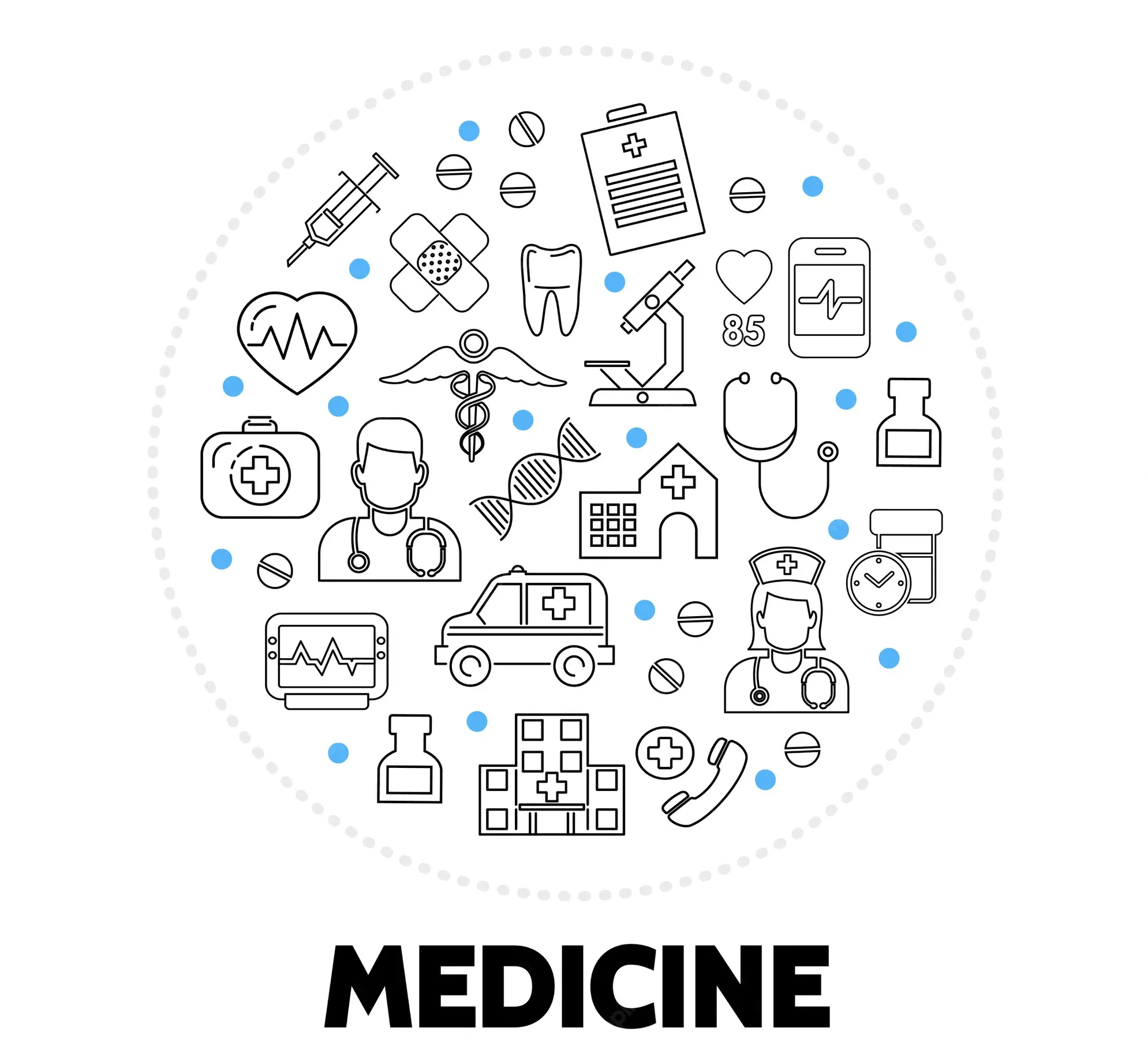Solid Classification Books
Concrete Technology Theory and Practice, Multicolour Edition
Author: MS Shetty
School: Bayero University, Kano
Department: Engineering
Course Code: CIV5307
Topics: Concrete technology, Cements, Modern cements history, Portland cement manufacturing, Portland cement wet process manufacturing, Portland cement dry process manufacturing, Cement chemical composition, Cements hydration, Heat of hydration, Calcium silicate hydrates, Calcium hydroxide, calcium aluminate hydrates, hydrated cements structure, Water requirement for hydration, Cement types, ASTM cements classification, Ordinary Portland cement, Rapid hardened cement, Extra rapid hardening cement, Portland slag cement, Quick setting cement, super sulphated cement, low heat cement, Portland pozzolana cement, coloured cement, hydrophobic cement, masonry cement, expansive cement, Cement testing, Aggregates, aggregates testing, Aggregates form igneous rock, aggregates from sedimentary rocks, aggregates from metamorphic rock, aggregate crushing value, aggregates impact value, aggregate abrasion value, Deval attrition test, Dorry Abrasion test, Los Angeles test, modulus of elasticity, bulk density, specific gravity, Sieve analysis, Aggregates testing, Water, water qualities, Sea water for mixing concrete, Admixture, construction chemicals, Plasticizers, water reducers, Workability, Plasticizers action, Superplasticizers classification, Factors affecting workability, Superplasticizers types, Fresh concrete, Fresh concrete water content, Fresh concrete mix proportions, Aggregates sizes in fresh concrete, Aggregates shape, Surface texture, Admixture use in fresh concrete, Workability measurement, Slump test, k-slump test, aggregates grading, compacting factor test, flow test, flow table apparatus, vee bee consistometer test, setting of concrete, Manufacture of concrete process, Concrete compaction, Concrete curing, Concrete strength, Water-cement ratio, Strength gaining with age, Concrete maturity concept, Bond strength, High strength concrete, Elasticity, Creep, Shrinkage, Aggregates elastic properties, Modulus of Elasticity, Dynamic modulus of elasticity, Poison's ratio, Creep rheological representation, Creep measurement, Factors affecting creep, Aggregate influence, Mix proportion influence, Shrinkage, Plastic Shrinkage, Drying Shrinkage, Moisture movement, Autogenous Shrinkage, Carbonation shrinkage, Concrete Durability, Strength to Durability relationship, Concrete volume change, Durability definition, durability significance, Permeability, Cement paste permeability, Concrete permeability, Plastic shrinkage cracks, Settlement cracks, Thermal shrinkage, Hardened concrete testing, Concrete mix design, Special concrete, concrete methods
Author: Julius Kayode Apotiade
School: University of Ibadan
Department: Education
Course Code: LIS202
Topics: Knowledge Organisation, Information Materials, catalogue, Bibliographic Description, Subject Headings, Traditional Classification Schemes, Dewey decimal classification Scheme
Author: Justice Igbokwe
School: National Open University of Nigeria
Department: Administration, Social and Management science
Course Code: POL211
Topics: Nigerian Legal System, law, morality, law theories, law classification, Nigerian legislation, legislative process, court hierarchy, crime control, Judgment enforcement, offence classification, criminal procedure, preliminary inquiry, summary trial, legal aid, legal aid council, legal aid necessity, Nigerian Customary Law, international law, money bills, ordinary bills, political governance, social control, justice, rights, criminal liability, criminal punishment, recklessness, negligence, Mens rea, Legal Practitioner
Author: Aderonke Nana Agbor
School: National Open University of Nigeria
Department: Agriculture and Veterinary Medicine
Course Code: ANP511
Topics: Animal production resources, carbohydrates, fats, vitamins, minerals, water, food classification, feeding stuff classification, feed supplments, dry forages, dry roughages, Energy feeds, Protein Supplements, Mineral Additives, Vitamin Supplements, Nonnutritive Additives, Succulent Feed, Concentrate feeds, cereals, legumes, oil seeds, animal nutrition, Protein quality, Essential fatty acids, Fat soluble vitamins, Oilseed cakes, oilseed meals, Oilseed Processing
Chemical Principles (Part 1), 6th edition
Author: Peter Atkins, Loretta Jones, Leroy Laverman
School: Edo University
Department: Science and Technology
Course Code: CHM111
Topics: atoms, radiation, atomic spectra, quantum theory, uncertainty principle, atomic orbitals, electron spin, hydrogen atom, chemical bonds, ionic bonds, covalent bonds, VSEPR model, valence-bond theory, molecular orbital theory, Gas laws, gas density, molecular motion, real gases, liquid, solids, intermolecular forces, liquid structure, solid structure, liquid crystals, inorganic materials, metallic materials, hard materials, nanomaterials, thermodynamics, enthalpy, heating curves, Born-Haber cycle, bond enthalpies, entropy, Gibbs free energy, physical equilibria, solubility, colligative properties, binary liquid mixtures
Shriver & Atkin's inorganic chemistry
Author: Peter Atkins, Tina Overton, Jonathan Rourke, Mark weller, Fraser Armstrong, Michael Hagerman
School: University of Ibadan
Department: Science and Technology
Course Code: CHE126
Topics: Inorganic chemistry, atomic structure, atomic orbitals, molecular structure, bonding, Lewis structure, valence bond theory, Molecular orbital theory, ionic solids, ionic bonding, semiconduction, acid, base, Brønsted acidity, Lewis acidity, oxidation, reduction, reduction potentials, redox stability, Molecular symmetry, isomerism, coordination compounds, chirality, spectroscopy, chemical analysis, Magnetometry, periodic trends, Group 1 elements, Group 2 elements, hydrogen, Group 13 elements, Group 15 elements, Group 14 elements, Group 16 elements, d-Block elements, Representative compounds, Electronic spectra, Magnetism, Coordination chemistry, Ligand substitution reactions, Ligand substitution, Redox reactions, Photochemical reactions, Lanthanoid chemistry, Actinoid chemistry, ligands, Solid-state chemistry, materials chemistry, Metal oxides, nitrides, fluorides, Chalcogenides, intercalation compounds, Hydrides, inorganic pigments, Semiconductor chemistry, Molecular materials, fullerides, catalysis, Homogeneous catalysis, Heterogeneous catalysis, Hybrid catalysis, Characterization, fabrication, Nanomaterials, nanoscience, nanotechnology, Self-assembled nanostructures, Bioinorganic nanomaterials, Biological inorganic chemistry, Catalytic processes, Biological cycles, Chelation therapy, nitrogen cycle, hydrogen cycle, acid-base catalysis, Tethered catalysts, Electrocatalysis, Alkene polymerization, Ammonia synthesis, Hydroformylation, Alkene metathesis
Author: Gaurav Tripathi
School: University of Nigeria, Nsukka
Department: Engineering
Course Code: EGR201
Topics: Materials Science, materials Engineering, Rutherford model, Bohr model, atom, De- Broglie’s atomic model, Atomic bonding, ionic bonding, covalent bonding, Secondary Bonding, metallic bonding, Fluctuating Induced Dipole Bonds, Polar Molecule-Induced Dipole Bonds, Permanent Dipole Bonds, Crystallography, crystal structures, Crystal Lattice, Bravais lattices, Metallic Crystal Structures, Polycrystalline Materials, Non-Crystalline Solids, Miller Indices, Point Defects, Mechanical Properties of Metals, Stress-Strain curve, Elastic deformation, plastic deformation, Tensile Properties, Brinell Hardness Test, Micro-hardness Test, Knoop Hardness Test, Scleroscope Hardness Test, durometer, fracture, creep, dislocation, Solid-Solution Strengthening, Microstructural Exam, Grain size determination, carbon steel, cast iron, alloy, Dielectric Materials, Dielectric strength, Intrinsic dielectric strength, Magnetic Properties, Diamagnetism, Ferromagnetism, Ferrimagnetism, Hard Magnetic Materials, Extrinsic Semiconductor, semiconductor
Author: John Olusina Obimakinde, Samuel Oluwaseun Obimakinde
School: WAEC, JAMB & POST UTME
Department:
Course Code: CHEMISTRY
Topics: Chemistry Calculations, Masses and Formulae, Relative Atomic and Molecular Masses, Mass Percentage Composition, Valency, Chemical Formula, Empirical and Molecular Formulae, Reduced Mass, Chemical Reaction, Stoichiometry, Mole, Chemical Equations, Reaction Stoichiometry, Chemical Laws, Redox Reactions, IUPAC Nomenclature, Oxidation Number, Redox Equations, IUPAC Nomenclature of Inorganic Substances, Atomic Structure, Chemical Bonding, Dalton’s Atomic Theory, Wave-Particle Duality of Matter, Uncertainty Principle, Ionization Energy, Ionic Bond, Lattice Energy, Covalent Bond, Heat of Reaction, Dipole Moment, Formal Charge, The Gaseous State, Gas Pressure, Gas Laws, Critical Constants of Gases and Equations of State for Real Gases, Reduced State Properties, Gas Density, Gas Stoichiometry, Molar Volume of Gases, Relative Vapour Density, Gas diffusion, Mole Fraction, Kinetic Theory of Gases, The Solid and Liquid States, Vapour Pressure, Change of State, Density of Solids, X-Ray Crystallography, Determination of Viscosity of Liquids from Stokes’ Law, Surface Tension, Properties of Solutions, Concentration, Molality, Solubility, Solubility Product, Colligative Properties of Solutions, Conductance of Solutions, Quantitative Analysis, Volumetric Analysis, Gravimetric Analysis, Thermodynamics, Calorimetry, Heat (Enthalpy Change) of Physical Change, Heat (Enthalpy Change) of Reaction, Heat Capacities of Gases, Thermodynamics of Solutions, The First Law of Thermodynamics, The Second Law of Thermodynamics, Efficiency, Electrochemistry, Electrochemical Cells, Electrolysis, Chemical Equilibria, Le Chatelier’s Principle, Position of Equilibrium, Equilibrium Constant, Reaction Quotient, Acid-Base Equilibria, Acid Ionization Constants, Base Ionization Constants, Water Autoionization Constant, Hydrogen Ion Concentration, Buffer Solutions, Salts, Chemical Kinetics, Rates of Reactions, Rate Law, Nuclear Chemistry, Radioactivity, Nuclear Reactions
Schaum's Outline of College Chemistry ,Ninth edition
Author: Jerome Rosenberg, Lawrence Epstein, Peter Krieger
School: Ahmadu Bello University, Zaria
Department: Science and Technology
Course Code: CHEM131
Topics: temperature, temperature units, atomic mass, molar mass, molecular mass, relative atomic mass, emperical formula, chemical formula, limiting reactant, chemical reactions, gas, gas volume, pressure, standard atmospheric pressure, pressure measurement, gas law, Boyle's law, Charles's law, Gay-lussac law, combined gas law, ideal gas, ideal gas law, kinetic theory, avogardo hypothesis, molar volume, gas volume, gas stoichiometry, thermochemistry, heat, heat capacity, calorimetry, energy, enthalphy, thermochemical reactions, atomic structure, particle, waves, Pauli principle, Periodic law, Aufbau principle, Electron configuration, Atomic radii, ionization energy, electron affinity, chemical bonding, molecular structure, ionic compounds, covalence, valence-bond representation, molecular-orbital representation, π BONDING, MULTICENTER π BONDS, coordination compounds, isomerism, solid, liquid, crystals, crystal forces, Ionic Radii, oxidation-reduction, oxidation number, oxidizing agents, reducing agents, ionic notation, balancing equations, concentration, concentration scales, concentration units, dilution, volumetric standard solutions, vapor pressure lowering, freezing-point lowering, boiling-point lowering, Boiling-point elevation, osmotic pressure, Law of distribution, isomerism, functional groups, organic chemistry, biochemistry, thermodynamics, chemical equilibrium, Equilibrium constant, Le Chatelier's principle, acid, base, hydrolysis, buffer solution, indicators, weak polyprotic acids, tittration, complex ions, coordination complexes, electrochemistry, solubility product, electrical units, electrolysis, voltaic cells, standard half-cell potentials, free energy, Nonstandard potentials, rate of reactions, rate constant, energy of activation, Nuclear process, Binding energy, nuclear equations, radiochemistry
Chemistry & Chemical Reactivity, 10th edition
Author: John Kotz, Paul Treichel, John Townsend, David Treichel
School: Chukwuemeka Odumegwu Ojukwu University
Department: Science and Technology
Course Code: CHM313
Topics: Chemistry, Chemical Reactivity, atoms, molecules, ions, chemical reactions, Stoichiometry. gases, intermolecular forces, liquids, solid state, chemical reactions, chemical kinetics, acid, base, electron transfer reactions, environmental chemistry, carbon, biochemistry, nuclear chemistry
Departments

Administration, Social and Management science

Agriculture and Veterinary Medicine

Arts and Humanities

Education

Engineering

General studies

Law

Medical, Pharmaceutical and Health science

Science and Technology